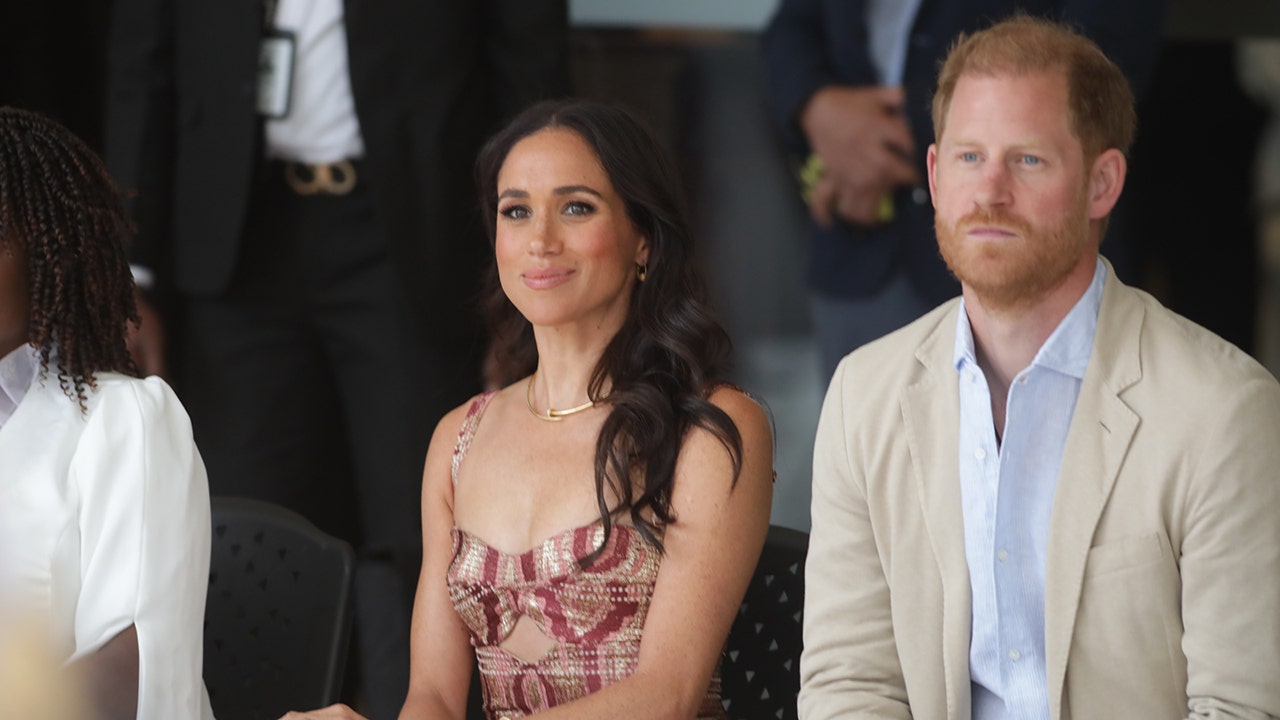Felix Sproll, Raluca Dana Lica and Tom Dineen have emerged victorious in the Reaching for the Stars, an annual astrophotography competition.
It seems like Connemara is the place to be if you want to take a stunning picture of the Milky Way from Ireland.
For the second year in a row, the region in western Galway is home to the winning photograph in Reaching for the Stars, an astrophotography competition organised by the Dublin Institute for Advanced Studies (DIAS).
‘Milky Way Arch over Pine Island’ by Galway native Felix Sproll captures the galaxy in a clear night sky over Pine Island at Connemara’s Derryclare Lough.
It is the second entry from the county to bag the top prize at Reaching for the Stars after last year’s ‘To the Waters and the Wild’ by Josh Mathews depicted the night sky over Crocnaraw on the Connemara coast.
Prof Peter Gallagher, head of Astrophysics at DIAS and a member of the judging panel, said that Sproll’s is a “beautiful shot and shows Ireland at its very best”.
“There is something very magical about this image – with the light from the moon rising over the town in the backdrop. It really blew us away, and it’s obvious Felix has a very keen eye for detail.”
While Sproll took the top prize in the ‘Back on Earth’ category, two other images were declared runners up: Adrian Hendroff, from Stepaside, Dublin, for his image ‘Copper Coast Fireball’, and Aisling McGuire from Moyard, Co Galway for her submission ‘The Bens Under the Milky Way’.
Out of this world
Another category, aptly named ‘Out of this World’, sought entries of images capturing distant objects not visible to the naked eye. ‘A Fiery Rosette’ by Raluca Dana Lica and Tom Dineen won the category for capturing Rosette Nebula in the constellation of Monoceros, located about 5,200 light-years away from Earth.
Lica captured the image from her backyard in Naas, Co Kildare over a period of 11 days while Dineen completed the image processing.
A Fiery Rosette. Image: Raluca Dana Lica and Tom Dineen
Prof Gallagher said that the shot is “excellently executed and really captures complex astronomical features that are difficult to photograph”.
“There’s an enormous amount of skill and patience in capturing images like this. As well as the technical ability, the image is stunning, and really stood out in a very competitive category.”
‘The Jewel of Orion’ by Richard Sweeney of Cork and ‘The Heart Nebula’ by Aaron Kelly of Cavan were adjudged runners up in this category.
‘Raising the bar’
A third category based on a public online voting competition saw Anthony Lynch from Dublin scoop the top prize for his ‘Space Station Sun’. The image captured the International Space Station flying past the Sun.
This year’s competition also included a special category to celebrate the 75th anniversary of the DIAS School of Cosmic Physics. ‘Zodiacal Light above Cliffs of Moher’ by Sean O’Riordan of Limerick emerged victorious in this category that sought images capturing areas of study of the School.
Zodiacal Light above Cliffs of Moher. Image: Sean O’Riordan
Winning images, which can be viewed online, were selected by a panel of judges from more than 180 entries. The winner for the special 75th anniversary category was selected by DIAS’s Prof Tom Ray, who along with Dr Patrick Kavanagh, was one of the Irish scientists behind the James Webb telescope.
The images will also be available to view as part of a free outdoor exhibition from 12 August in DIAS’s premises in Dublin.
John Flannery, vice-president of the Irish Astronomical Society and member of the judging panel, said that the second year of the Reach for the Stars competition “continues to see photographers raise the bar in showcasing their talents”.
“Much hard work has been put into composing and taking the wide range of entries covering nightscapes and other celestial sights, but all capture the essence of amateur astronomy – a shared appreciation for the beauty of the universe.”
10 things you need to know direct to your inbox every weekday. Sign up for the Daily Brief, Silicon Republic’s digest of essential sci-tech news.




















Discussion about this post